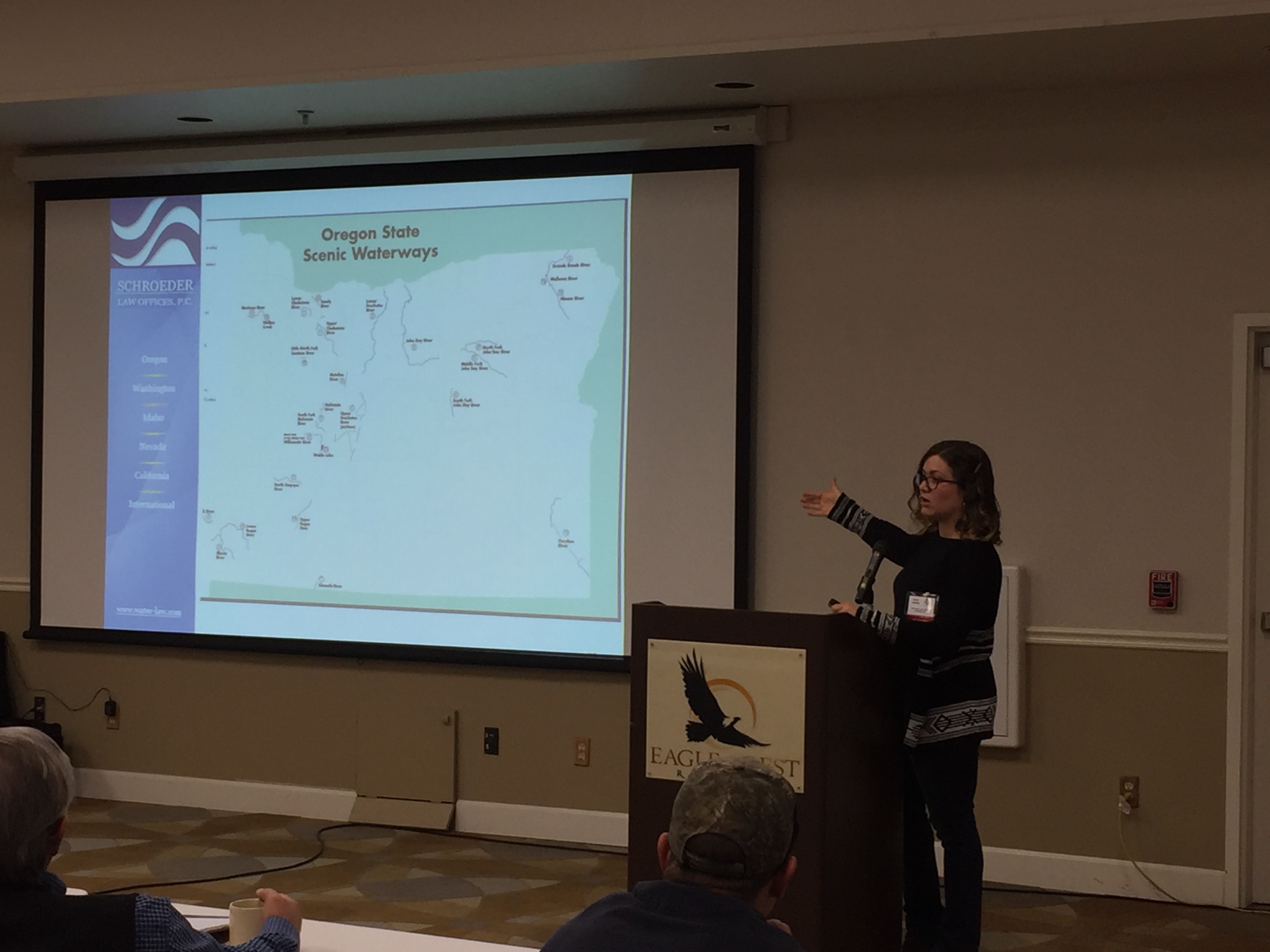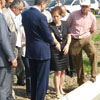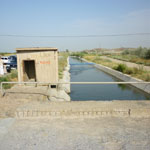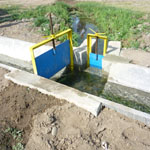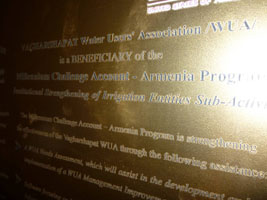A Millennium Challenge-Armenia sponsored study tour will begin in San Francisco, California on August 12, 2010 with a delegation of 19 individuals who have various roles in the Armenian irrigation sector. California was the likely choice for this tour since the largest population of American Armenian Diaspora is located in the Los Angeles, California area where the tour will end.
The irrigable land in Armenia is 420,000 hectares (1,037,842 acres); however only a third of the irrigable area is cultivated (300-305k hectares or 741,300 acres) as a result of small plots that were designed following Armenia’s independence from Russia which utilized large collective farms.
One of the first sites that the tour will view on August 13, 2010 is the San Luis Delta-Mendota Water Authority which totals 2,100,000 acres or 849,839.8 hectares. This Authority manages water over twice the total irrigable acres in Armenia. Two member districts of SLDMWA will be visited by the Armenia irrigation sector tour delegation on Friday afternoon including the Firebaugh Canal Water District, which has made news for its water transfers to larger districts, as well as the San Luis Canal Company.
On August 13 the Armenian irrigation tour delegation will visit the Merced Irrigation District. MID’s irrigable acres includes approximately 164,314 acres or 66,495 hectares. Thus, MID provides irrigation service to approximately an area equal to 6% of the total irrigable acreage in Armenia. MID engages in a variety of activities in addition to irrigation such as producing hydro power. Unfortunately, profit making activities such as the production of hydro power are not legally possible for Armenian irrigation districts, called Water User Associations (“WUA”). Armenia is currently divided into 44 WUAs.
The next day, the Armenian irrigation tour group will tour Friant Dam. The Friant Dam is owned by power concerns and the water stored provides irrigation to over a million acres in San Joaquin Valley. Thus, Friant provides water service to approximately 404685 Hectares which is equivalent to 96.4% of the entire irrigable acreage of Armenia. Similarly the Pine Flat Dam is owned by power concerns with a secondary use for irrigation by such entities as the Fresno Irrigation District. The Fresno Irrigation District comprises 245,000 acres which is equivalent to 26.4% of the entire irrigable area of Armenia.
Following visits to various filtration system and water infrastructure supply companies on Monday, August 16, 2010, the Armenian irrigation delegation will tour the Alta Irrigation District that services approximately 111,000 cropped acres or approximately 44,920 hectares. This acreage is equivalent to approximately 10.7% of the total irrigated acres in Armenia. Alta’s water supply is provided from the Pine Flat Dam via the Kings River.
On Tuesday, August 17, the Armenian irrigation tour will visit the Kaweah Delta Water Conservation District. (KDWCD) KDWCD and the Tulare Irrigation District (TID) formed a joint-power authority in 1982 – the Kaweah River Power Authority (KRPA). The KRPA filed for a license to construct a 17MW hydroelectric plant at Terminus Dam and Lake Kaweah. KRPA proceeded with design and construction of the plant, and the plant went on-line in 1992 delivering power to Southern California Edison Company. TID delivers water to approximately 70,000 acres or 31,160 hectares equivalent to 6.7% of the total irrigable area of Armenia.
Completing Tuesday’s tour, the Armenian irrigation tour will visit the Friant Waterusers Authority otherwise known as the Friant Division of the Central Valley Project (CVP). The Friant Division provides water to more that a million irrigated acres (404,685 hectares) equivalent to 96.35% of the total irrigable acres of Armenia.
The tour will end on August 19th after visits to gates, drip equipment, the California Training Facilities at California State Poytechnic University at San Luis Obispo and a water management demonstration site.


